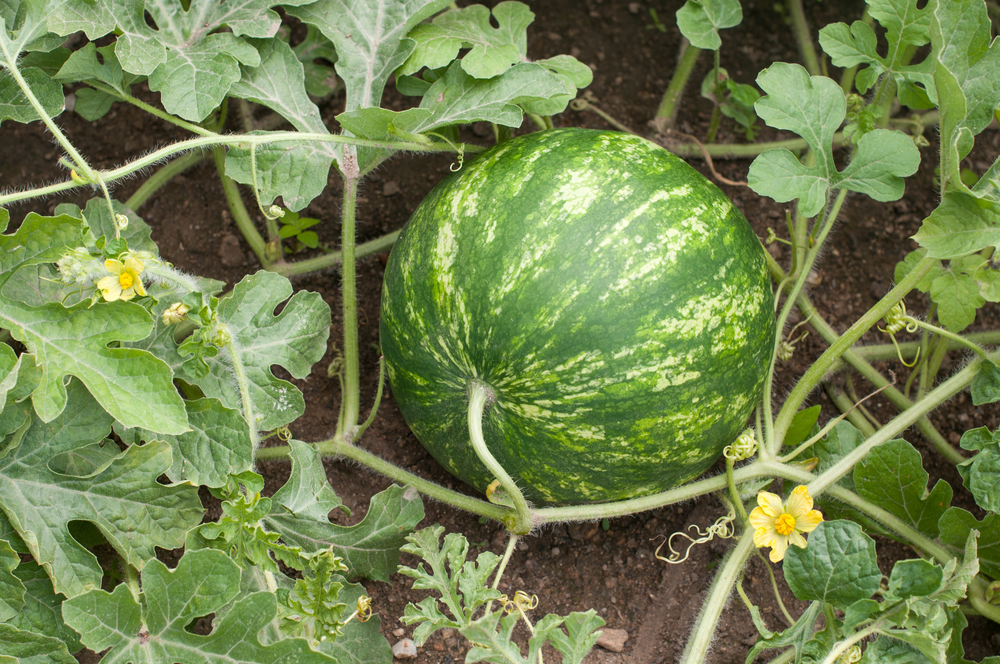
By Clint Thompson
The supply chain crisis that is gripping the U.S. is leaving watermelon farmers in a state of flux on how to proceed with the upcoming season. Florida growers are two months away from planting this year’s crop.
Input costs and availability are on top of producers’ minds, says Lara Land, watermelon producer and executive council member of the Florida Watermelon Association.
“I’d say our unknowns with regards to our fertilizer; fertilizer, chemicals and beyond that fuel; I’d say those are going to be our three biggest increases. They are totally unknowns as to how much we’re talking about an increase,” Land said. “Right now, we’re not even guaranteed the availability. Price is one thing. Availability is even worse. If you simply can’t get the product, you can’t make the crop. That’s a scary thought going into a new year.
“There’s no definites. Fertilizer may be double. Fertilizer may not be available. Both of those are truly big unknowns and are going to be their biggest hardship.”
Decrease in Florida Acreage?
It begs the question of what acreage will look like this year. According to the U.S. Department of Agriculture National Agricultural Statistics Service, Florida produced 26,300 acres and harvested 25,200 acres in 2020. But that was before the current input and supply chain crisis. Land is convinced acreage will drop this season.
“I do think it’ll go down. I think production will go down no matter what, not only with just watermelons but you’re looking at cattle. You simply just won’t do the fertilizing because you don’t have the cash flow to do that,” Land said. “I think that unknown is going to be a real problem for the growers.
“Production costs have doubled, and they’ve got to get financing for that. They have nothing to show for that financing. Where are you going to go to a bank and say, ‘Last year it was $2,000 an acre but this year it’s going to be $4,000 an acre cost.’ Beyond their availability, they simply have to have the cash flow, and I don’t know that they have it.
“We’re in a hard place, definitely in a hard place. I don’t know that we can raise the prices of our product that we’re selling to meet the extra expenses because we have no idea where it’s going to end. There’s going to be a lot of things that everybody has to look at. We’re all used to, ‘Well, here’s what we did last year.’ Here’s what we did last year won’t be our answer for this year.”









